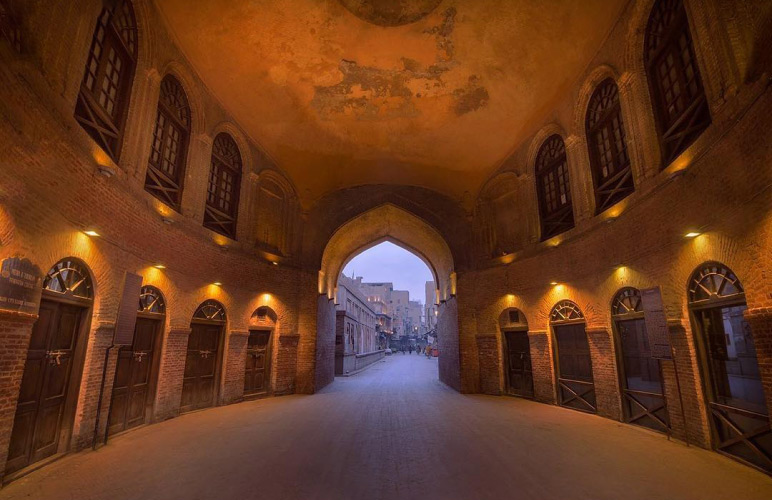Hingol National Park – Journey into Pakistan’s Wilderness
Hingol National Park, renowned as one of Pakistan’s largest national parks, is situated in Gwadar, Balochistan.

Hingol National Park is an incredible natural gem situated on the Makran Coast Region in the southwest part of Balochistan, Pakistan. Spanning over 6,100 square kilometers (2,400 square miles), Hingol National Park is the country’s largest. Hingol National Park is situated 190 kilometers away from Karachi, spanning across the districts of Gwadar, Lasbela, and Awaran in Balochistan. The park’s popularity stems from its stunning scenery, diverse ecosystems, and rich wildlife. This place is an amazing spot for people who are fond of nature, adventure, and research.
A Journey Through Time: Unveiling Hingol’s Rich History
Hingol National Park earned its national park status in 1988. It got its name from the southern part of the Hangul River, which runs by the Arabian Sea and gives shelter to many waterfowl and marine creatures. This park has six different ecosystems, including deserts and plains, which sets it apart from other national parks in Pakistan.
Lush forests dominate the northern region, contrasting with the rugged mountain range to the south. The park also borders the Gulf of Oman and the Arabian Sea. The completion of the Makran Coastal Highway in 2004 has made the park’s unique rock formations a major tourist attraction.
Unveiling Ancient Secrets: Cultural Glimpses in Hingol
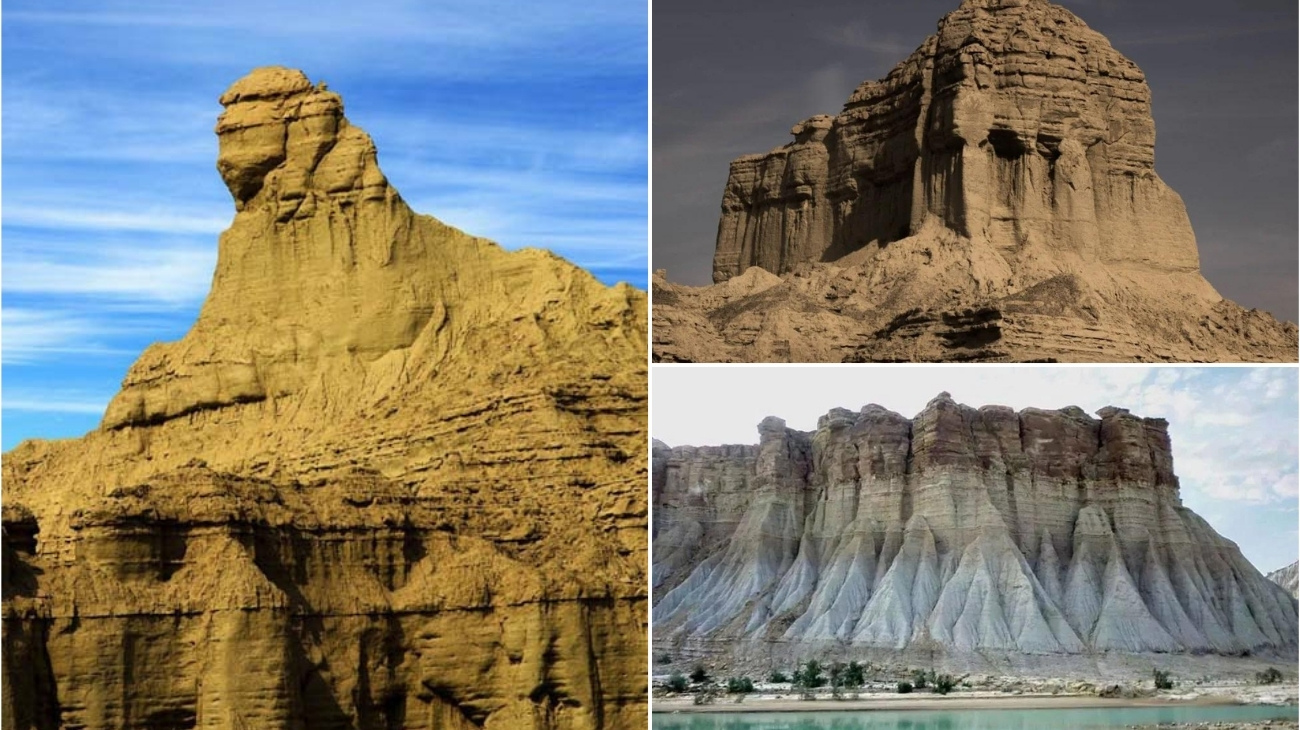
Hingol National Park is a treasure in Gwadar, Balochistan, that gives us glimpses into the ancient culture. The park is adorned with ancient rock carvings that tell stories of life here thousands of years ago. It is like a living history book that takes us back to the civilizations that once evolved in this area.
A Haven for Wildlife: Exploring Hingol’s Diverse Creatures

Hangul National Park is like a safe haven for threatened animals in Pakistan. Being a home, it supports the living of almost 257 different plants and 289 animals, including 35 mammals, aquatic creatures, amphibians, reptiles, and lots of rare birds. You can also relish the sights of the Balochistan bear, the Indian wolf, the Sindh leopard, and the marsh crocodile here.
In Hangul Bay, there is a bunch of other sea life too, like Indo-Pacific dolphins and green & olive turtles. These turtles do something cool—they visit the beach every night in August to lay eggs. But, because of too much plastic on the shores, it have been tough for them to dig and lay eggs. So, sadly, there are fewer of these amazing turtles on the coasts of Sindh and Balochistan.
Unmissable Wonders: Exploring Hingol’s Natural Marvels
Hingol National Park is famous for its charming spots that yearn to be discovered. Listed below are some of the wonderful places that you will get to explore here:
● Princess of Hope
● Lion of Balochistan
● Hindu Temples
● Natural Oases
● Kund Malir Beach
● Hingol Mud Volcanoes
● Hingol River
The Enchanting Princess of Hope: A Geological Wonder
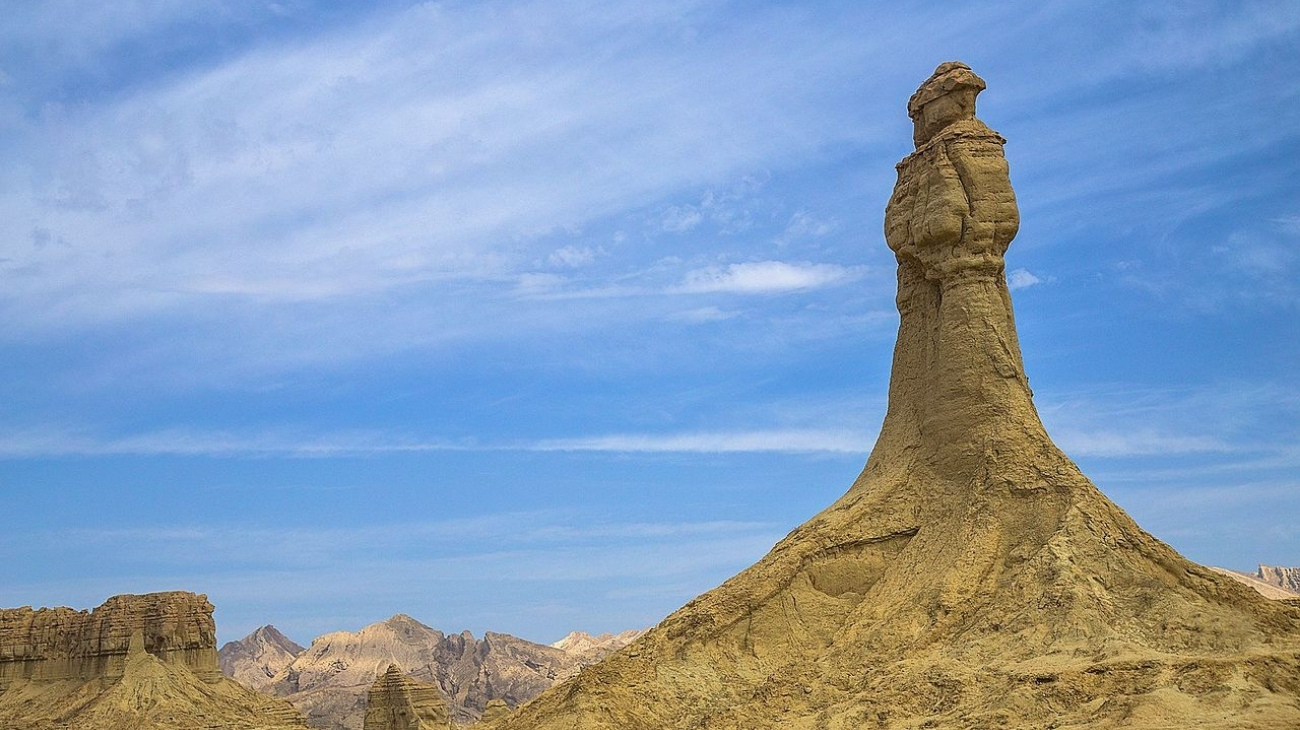
The most fascinating geological formation in Hangul National Park is this rock formation called the Princess of Hope. Picture it like a giant statue of a tall woman gazing into the faraway horizon. When Hollywood star Angelina Jolie visited Pakistan in 2004 for a UN mission, she spotted this rock and named it ‘Princess of Hope.’ But, even though it looks like an classy sculpture, it actually got its shape from hard rain, ocean winds and other natural forces over time.
Shinghar: A Monument Carved by Time
Shinghar is a huge rock that has been formed into a unique shape by nature. It feels like a rock shooting up dramatically from the ground around it. It’s like nature’s way of showing off, telling us how erosion and geological forces over thousands of years fashioned the awesome landscape of the park.
The Majestic Lion of Balochistan: A Natural Sculpture
The rock shapes in Hingol National Park took their form because of wind and rain. One standout is a rock that looks a bit like a sphinx – the creature with a lion’s body and a human head. They call it the Lion of Balochistan, also famously known as Balochistan Sphinx. It’s kind of like the sphinx you see in Egypt, but the fun part is, this one wasn’t made by people. Nature did its thing, and we got this amazing rock formation.
A Spiritual Sanctuary: Unveiling Hinglaj Devi Temple
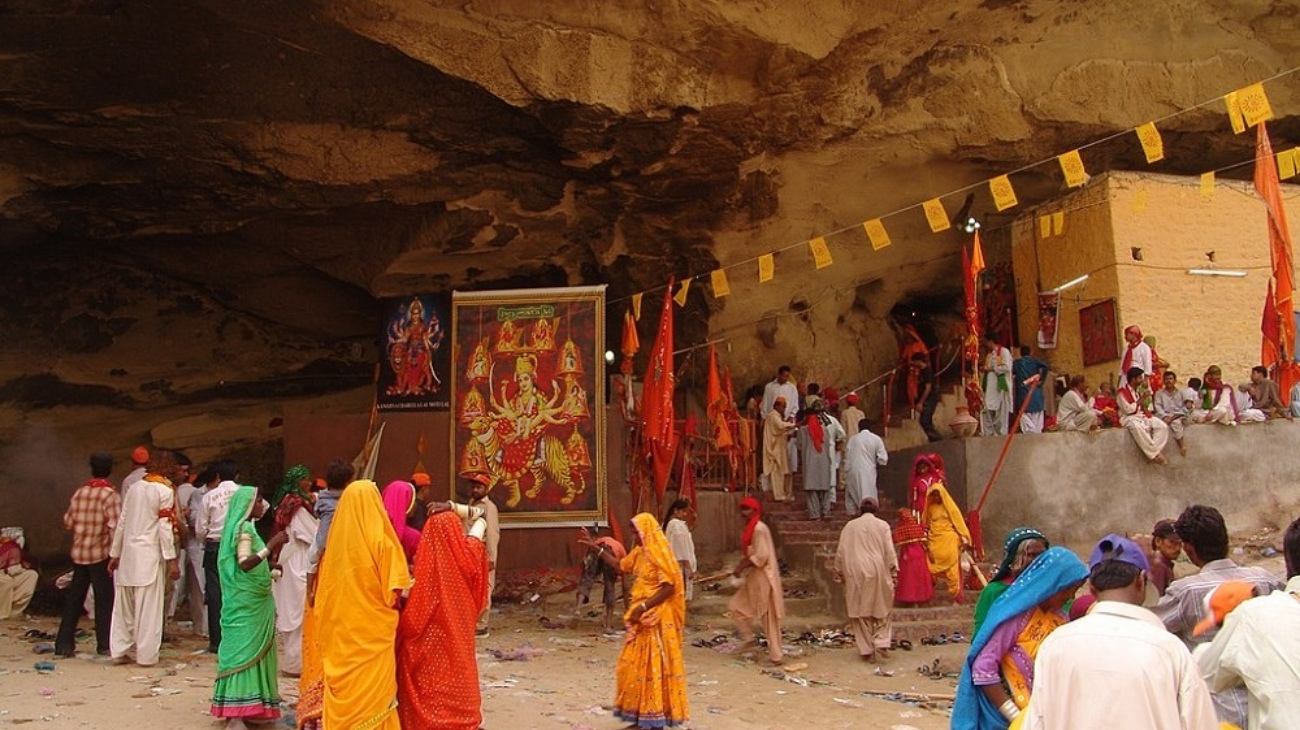
In Hingol National Park, there’s a special place called Hinglaj Devi Mandir, a temple tucked into a cave on a mountain in the Makran desert. This spot filled with religious and spiritual meaning is super important for the Hindu community in Pakistan. Devoted Hindus from all over the country visit Hinglaj Devi Temple every year for a four-day pilgrimage.
Life in the Desert: Exploring Hingol’s Natural Oases
As you wander through this awesome national park, you will find lots of places with clean water—little lakes, streams, and ponds, all surrounded by lush greenery. This is what makes this place so special, and it offers a big help for animals to survive peacefully in the desert of Balochistan which is rough and tough.
Pristine Paradise: Unveiling Kund Malir Beach
A must-visit destination in Hingol National Park that you should include in your bucket list is Kund Malir Beach. It is considered to be one of the exquisite beaches of Pakistan and is worth watching. The water there is pure and crystal-clear. It is essential to carry ample amount of water, food and vehicle fuel on your trip to Kund Malir Beach.
Nature’s Oddities: Exploring Hingol’s Mud Volcanoes
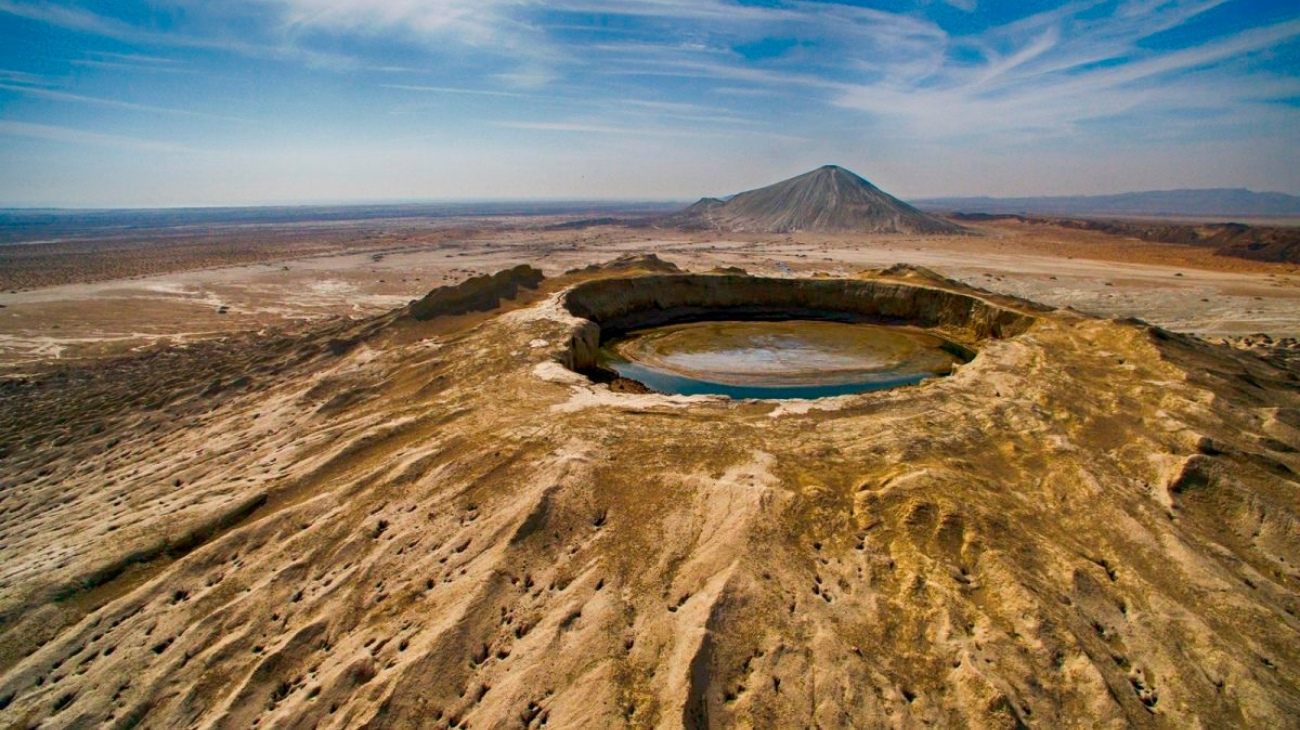
Hingol National Park is like a natural wonderland, and guess what? It has mud volcanoes! They are three of them, hidden away in the far-off parts of Lasbela District in the area od Mid-Hor. The Sui Southern Gas Company (SSGC) installation is the big and closest landmark to these Hingol Mud Volcanoes. One of these mud volcanoes, called Chandracup, is not just geologically fascinating, it’s also a sacred place for the Hindu community. The height of Hingol mud volcano range from 800 to 1500 feet.
The Life-Giving Hingol River: A Source of Sustenance
Hingol River flows around the Hingol National Park. This river enhances the charm of the mesmerizing landscape of the park and serves as a major source of water for the plants and animals.
Insider Tips: Making the Most of Your Hingol Adventure
● Hingol National Park is famous for camping points and offers wonderful avenues for camping. This will require you to bring your gear.
● Kund Malir is a town located close to Hingol National Park and it has guest houses and beach huts. Tourists or visitors can book their stay there.
● Hingol National Park is a paradise for photographers. You can take snaps of the breathtaking scenery, cool rock shapes, wildlife, and all the glorious sights of the park. It’s like a picture-perfect wonderland waiting for your camera lens.
● Taking a tour of this magnificent park with an experienced tour guide will make your exploration experience more valuable and memorable.
Plan Your Escape: Ideal Seasons to Visit Hingol
The perfect time to visit Hingol National Park Balochistan is to travel in cooler seasons from October to March when the weather is pleasant for unearthing the mysteries a place holds. Summers are extremely hot and can get up to 40 degrees Celsius. Before you plan your expedition, it would be a wise practice to check the weather forecast.
Timings and Permits
The best part about the opening and closing timings of Hingol National Park is that it remains open 24/7 and you can pay a visit anytime.
One has to get a permit from the District Forest Office in Lasbela or the Hingol National Park Office in Kund Malir to get inside the Hingol National Park. Also, you cannot enter before paying an entry fee.
How to Travel to Hingol National Park
If you are traveling to Hingol National Park from any city or even from another country, your first stop to reach Hingol National Park is Karachi. Hingol National Park is about 243 kilometers away from Karachi, and if you are driving by car, it will take you almost 3 and a half hours to reach the destination via the Makran Coastal Highway (N-25).
To make traveling easy and convenient for you, Guide to Pakistan organizes personalized tours to Hingol National Park. Say bye to the hassles of managing your travel and book your well-planned journey with your travel partner.
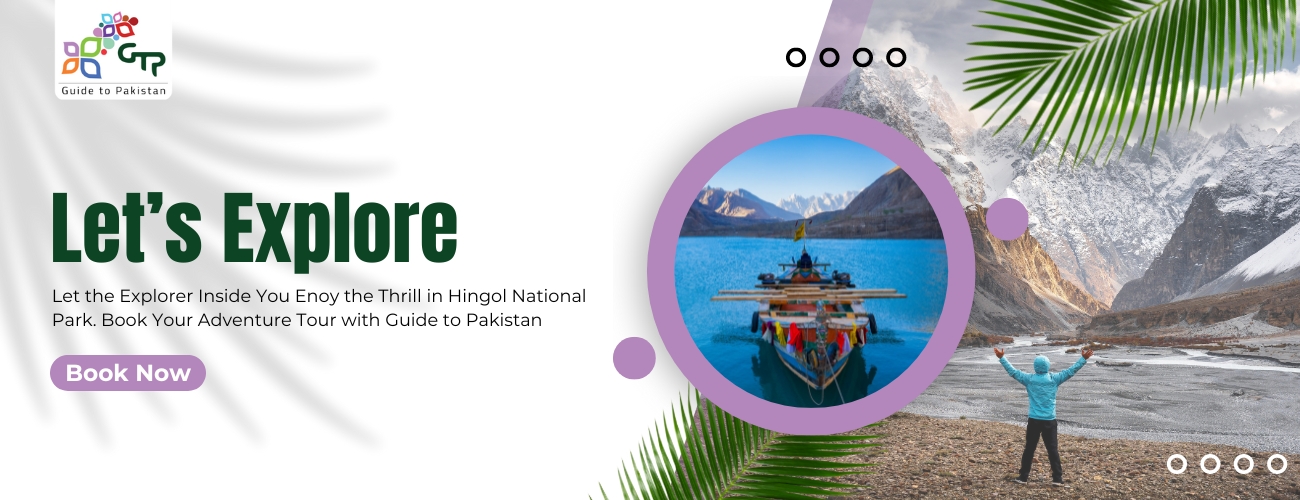
Conclusion
Hingol National Park is a gem of Gwadar that has a lot of attractive spots that can be explored and admired. Princess of Hope, Lion of Balochistan, Hingol River, Shinghar, Lion of Balochistan, Natural Oases, Kund Malir Beach and Hingol Mud Volcanoes are among the prominent ones that will reveal mysteries of this place and take you to a spellbinding journey. Visit to this place will surely satisfy your cravings for adventure and solace.




